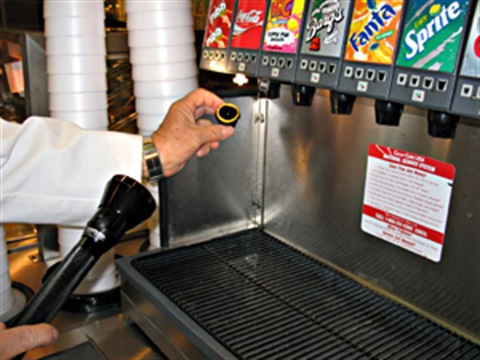Food Inspection Scores

What does the inspection score mean?
The smaller the score the better. The inspection score is based on the total number of demerits received for violations identified during the inspection.
A score is only an indicator of the conditions found at the time of inspection. It is not to be the sole criteria to determine if it is okay to eat at a particular establishment. The score does not reflect consumer expectations such as a "0" score meaning absolutely perfect conditions. A customer may request a food establishment to show them a copy of the most recent inspection report. This allows the customer to see all the conditions that determined the score.
Demerits
Demerits are given depending on risk factors critical to food safety. The inspection report is risk-based with 47 specific items. The report focuses on factors most related to food safety and preventing food borne illness. Violations receive demerit points ranging from one to three points for each violation.
Corrections of violations may be accomplished during the inspection or within a specified time frame. Follow-up inspections are provided as needed to ensure violations are corrected. The demerit score will not reflect if corrections were made during the inspection.
Since scores range from 0-100 with the lower score being better, it should be noted that any establishment receiving 30 or more demerits will automatically fail inspection and require a re-inspection.
Types of Businesses Inspected
The businesses shown are a variety of establishments required to be permitted and inspected. These include not only restaurants, but also convenience stores, grocery stores, specialty stores, school cafeterias, nursing homes, institutions, child care kitchens, bars, mobile food vendors, meals on wheels, etc. All establishments receive a minimum of two inspections per year.